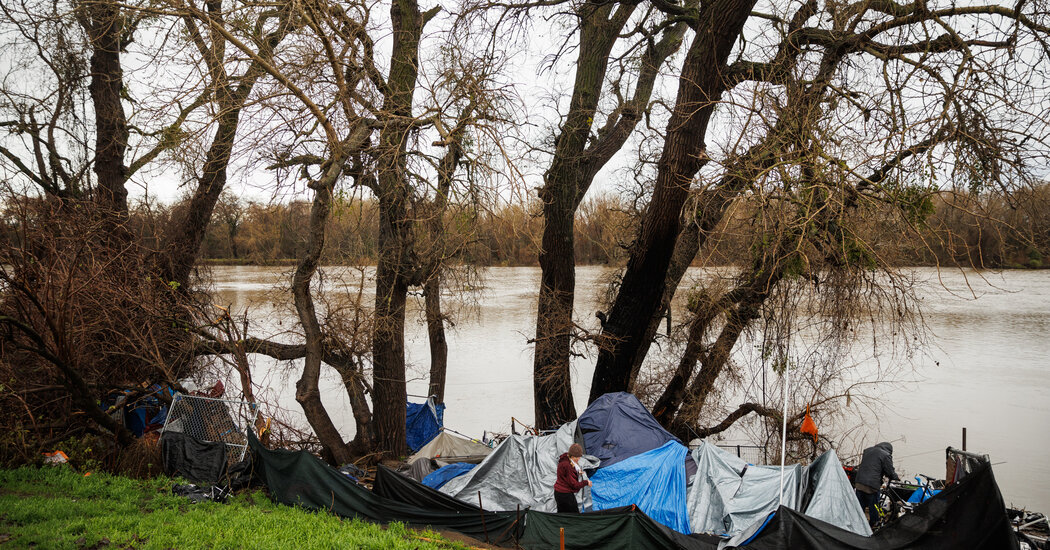Behind the Plan to Eliminate the Deer on Catalina Island
Santa Catalina Island is one of the most remote pieces of Los Angeles County, part of a 20-million-year-old archipelago in the Pacific Ocean known as the Channel Islands.
The eight islands have long been populated by humans; the Chumash believe that their ancestors originated there. The islands are biologically so diverse — there was once a unique species of pygmy mammoths roaming their hills — that they’re often called North America’s Galápagos. Five of the islands now make up one of the country’s least-visited national parks.
I recently wrote about a proposal that has set off a storm on Catalina, the island closest to Los Angeles. In a move they say is necessary to save the island’s native plants, conservationists are proposing to kill all of the deer on Catalina by shooting them from helicopters.
You can read my full article about the plan here.
The project reflects Catalina’s role as L.A.’s playground over the past century. The island, which is not part of the national park, was made famous by Golden Age Hollywood stars who partied in the island’s only incorporated town, Avalon. A number of songs were written about the so-called Island of Romance, including the catchy “26 Miles (Santa Catalina)” by the Four Preps and “Avalon” by Al Jolson.
Nearly a century ago, 18 deer were brought to the island for sport hunting. Since they have no natural predators, their numbers have grown to 2,000. Scientists say that the deer need to go because they’re devouring drought- and fire-resistant plants that native animal species rely on.
But the deer have been on Catalina longer than anyone now alive on the island, and in the eyes of many local people, they feel like an essential part of life. Bre Bussard, who lives on the island and runs a charter boat business, told me that her young children believed the docile creatures were Santa’s reindeer.
“Any time we see the deer running through town, I’ll tell my kids, ‘Tell Santa’s reindeer what you want for Christmas,’” Bussard, 30, said. “It’s just been a beautiful part of their childhood. I feel like if we were to eliminate the deer, in a sense it’s eliminating a part of their childhood.”
Other Catalina residents oppose slaughtering all the deer for different reasons. Hunting is a favorite pastime on the island, and hunters kill 200 deer each year. Johnny Machado, who was born on Catalina and learned to hunt deer for meat as a child, said he would be happy to bring the number of deer down the way he knows how.
“I can go shoot 10 deer easy, and I can go into town, and give away that meat to family and friends,” Machado, 61, said. “The old-timers that don’t go hunting anymore, they’d love that.”
If you read one story, make it this
Sikh Americans, who are concentrated in California, are on edge.
Where we’re traveling
Today’s tip comes from Diana Bristol, who lives in Sherman, Conn.:
“I have visited my daughter in L.A. since she went to U.S.C. in ’94. What I love is visiting the Gamble House and bookshop in Pasadena, taking a tour and then walking around the block and seeing all the other Greene and Greene houses. My daughter sprinkled some of her father’s ashes on the front lawn. He studied architecture at U.S.C. and I love the fact that U.S.C. bought the Gamble House and lets two architecture students live there.”
Tell us about your favorite places to visit in California. Email your suggestions to [email protected]. We’ll be sharing more in upcoming editions of the newsletter.
Tell us
How do you celebrate the holidays in California? With a chilly walk by the beach, a batch of tamales or stargazing in the desert?
Email me at [email protected] with your Golden State holiday traditions. Please include your name and the city in which you live.
And before you go, some good news
The giant old-growth redwood trees in Big Basin Redwoods State Park in the Santa Cruz Mountains are making a miraculous recovery three years after the CZU Lightning Complex fire decimated the Northern California park.
Scientists and researchers at a symposium last month dedicated to the park’s recovery said the ancient hulking trees, some more than 250 feet tall and 1,500 years old, had regrown with impressive speed since the 2020 fire. Trees that were recently brown or badly singed now show lush canopies, and, according to one biologist, roughly 90 percent of the forest’s redwoods are now resprouting.
The revived forest is visible in photographs that scientists from Northern Arizona University have been recording daily since the April after the fire. The photos, shared with the audience at the recent symposium, are an uplifting reminder of nature’s ability to regenerate after traumatic events. They’re also an encouraging sign for state park officials as they look to continue reopening the park and rebuilding its visitors’ facilities and campgrounds.
“Ecologically the park is doing just fine,” Jon Keeley, a professor of biology at U.C.L.A. who has studied the forest, told Bay Area News Group in an interview. “The forest is coming back the way it is adapted to.”


